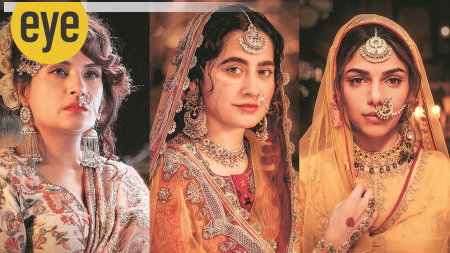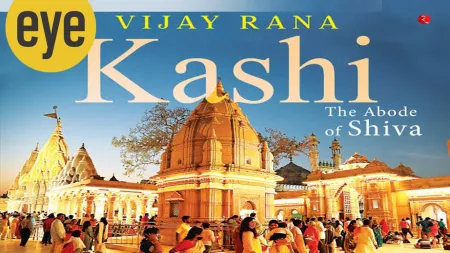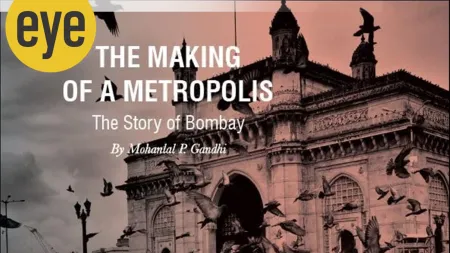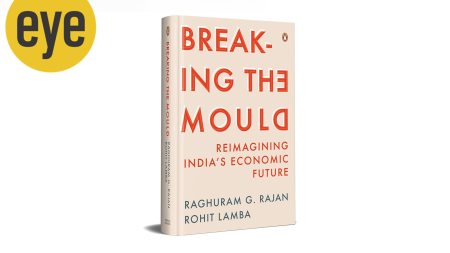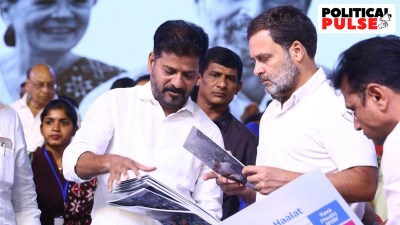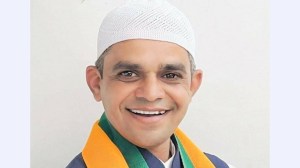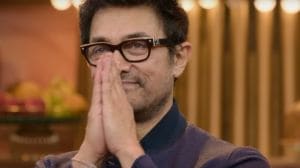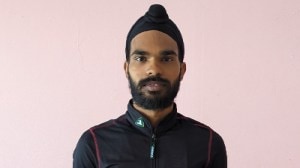- India
- International
Why women bureaucrats lose out on senior posts
With the rise in the number of women entrants, the services have yet another chance to reflect on their talent retention and advancement policies such that the high-table is not just a preserve of men
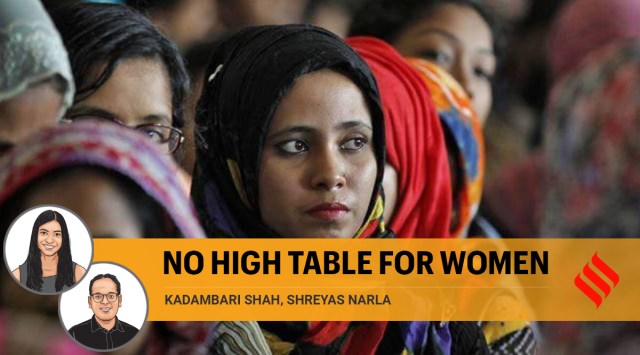 India has had well-qualified female civil servants who were as deserving as their male colleagues, if not more, to be holding senior postings in the core ministries. (Representational Photo)
India has had well-qualified female civil servants who were as deserving as their male colleagues, if not more, to be holding senior postings in the core ministries. (Representational Photo) In June 1991, P V Narasimha Rao, the 10th prime minister, appointed a camelot of bureaucrats, technocrats, and politicians to usher in the liberalisation of India’s economy. This team, whose decisions affected the lives of all Indians, comprised solely of men. While working on The 1991 Project at the Mercatus Center, we asked ourselves: Where were the women?
First, there just weren’t enough women in the Indian Administrative Services (IAS) to begin with. Recruitment rules were skewed in favour of men. For instance, only unmarried women could join the services and had to quit if they subsequently married. It was after the marriage disqualifier was removed that the ratio of women to men in the IAS went from 1:82 in 1960 to 1:8 in the 1970s.
Second, such structural changes happened too late. Thus, by 1991 when Rao was putting together his team, women officers were either too junior in rank or ongoing systemic issues kept them out of senior positions.
Third, even with entry barriers gone, postings were overshadowed by mistrust in women’s abilities. Women have largely been seen fit for only “soft” departments. India still hasn’t boasted a woman as RBI governor, cabinet secretary, or chief economic advisor.
Talent, however, was never the problem. India has had female civil servants who were as deserving as their male colleagues, if not more, to be holding senior postings in the core ministries. Renuka Viswanathan, the first woman district magistrate in Karnataka, had a doctorat d’etat, higher than a doctorate, in public finance from Paris Dauphine University. Yet, when she sought a spot in the finance ministry in the 1980s, her appointment was not an easy yes. Her file was pushed to Rajiv Gandhi’s office that had just appointed Sarla Grewal as India’s first woman principal secretary to the prime minister. Gandhi intervened and deemed Viswanathan best suited for the finance ministry.

Sudha Pillai, who would be robbed of the chance to become India’s first woman cabinet secretary in the aughts, as joint secretary in the industry ministry worked on amending the anti-monopoly law. Janaki Kathpalia, additional secretary (budget), worked closely with Manmohan Singh in preparing the union budgets from 1991-1995. Sindhushree Khullar, then commerce minister P Chidambaram’s private secretary, oversaw significant changes in trade policy. Though a junior officer of the Indian Economic Service, Vandana Aggarwal assisted Rakesh Mohan, then economic advisor to the industry ministry in preparing the New Industrial Policy 1991 that abolished industrial licensing.
Governments could have hired laterally. For example, Rao’s team had technocrats from academia and multilateral organisations. Yet, Padma Desai, who taught and influenced many of the members of the Rao Camelot, was never actually invited to the table. In her book, Breaking Through, Isher Judge Ahluwalia writes that though she was offered a lateral position in the services, it was a lower-grade post than her husband Montek Singh Ahluwalia had been given, when he joined laterally at a younger age and with qualifications lower than hers.
Organisations like the IMF and the World Bank served as revolving doors through which talent came to India. But in all these years, this group has largely comprised men, including the position of executive director (India) to the World Bank to this day. This is also a fallout of the fact that these financial institutions did not have female leadership from even the developed nations until the 2000s.
Today, the problem of “few” does not loom as much. Of the 933 candidates selected in the latest round of the union civil service examinations, 320 were women, the highest ever. They also secured six spots in the top 10, including the top four ranks, repeating last year’s record. These trends are promising as they indicate that more women, competent no less, are entering the bureaucracy than before.
However, these numbers do not indicate how many will reach top leadership positions in the services, particularly in the ministries of finance, commerce and industry, home, and defence. With the rise in the number of women entrants, the services have yet another chance to reflect on their talent retention and advancement policies such that the high-table is not just a preserve of men.
The writers are researchers with the Indian Political Economy Program at the Mercatus Center, George Mason University
EXPRESS OPINION
More Explained
Apr 28: Latest News
- 01
- 02
- 03
- 04
- 05




